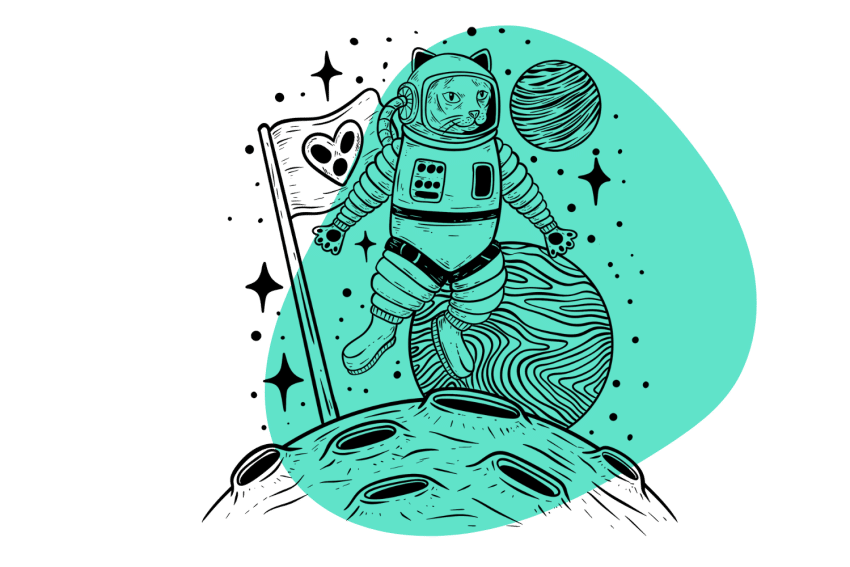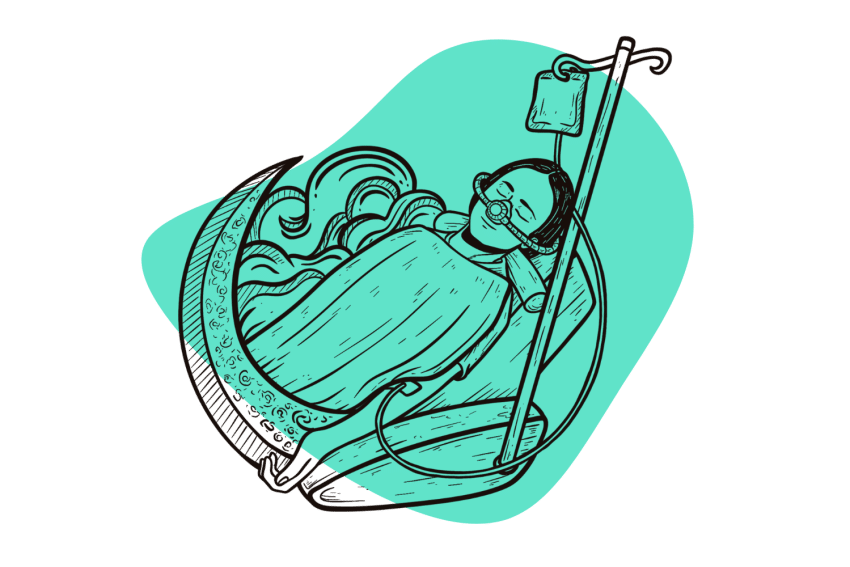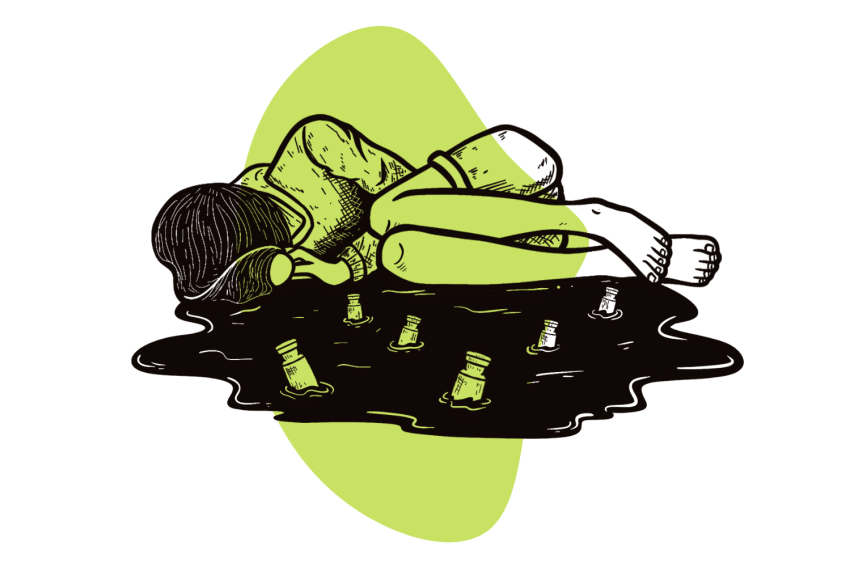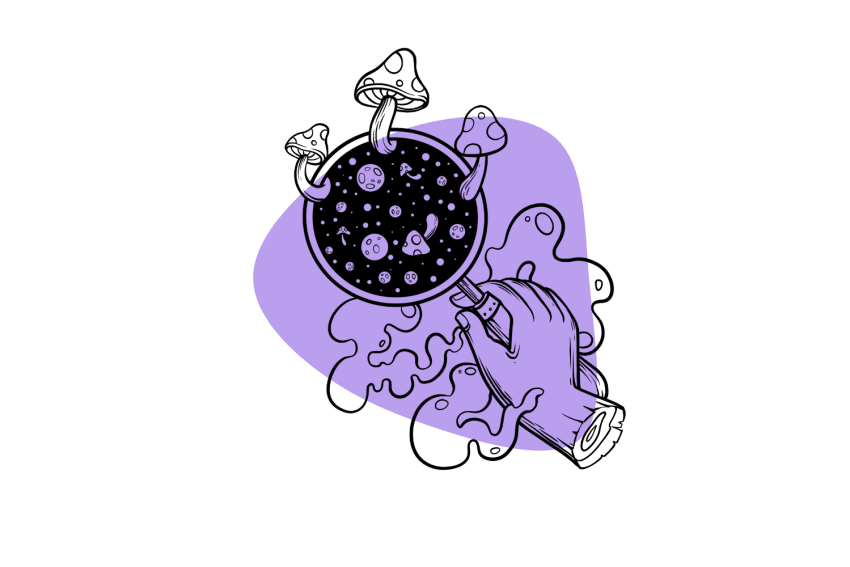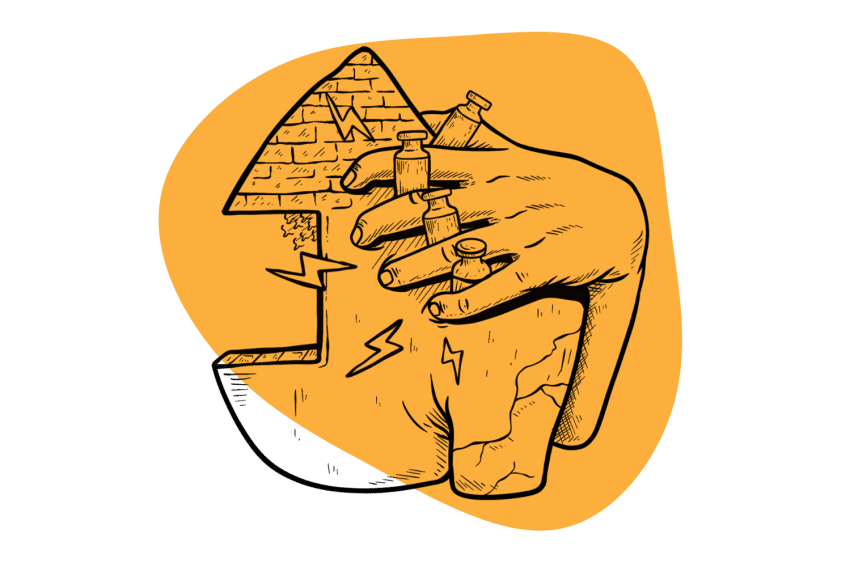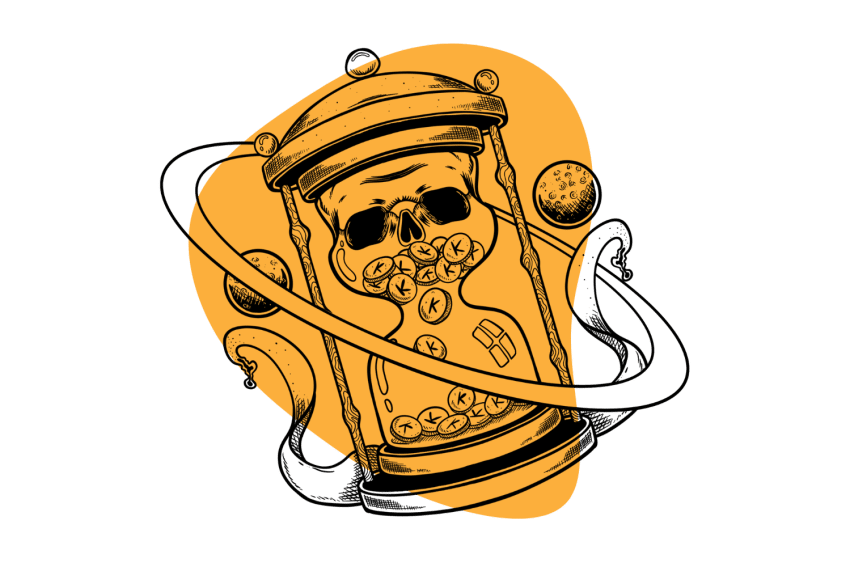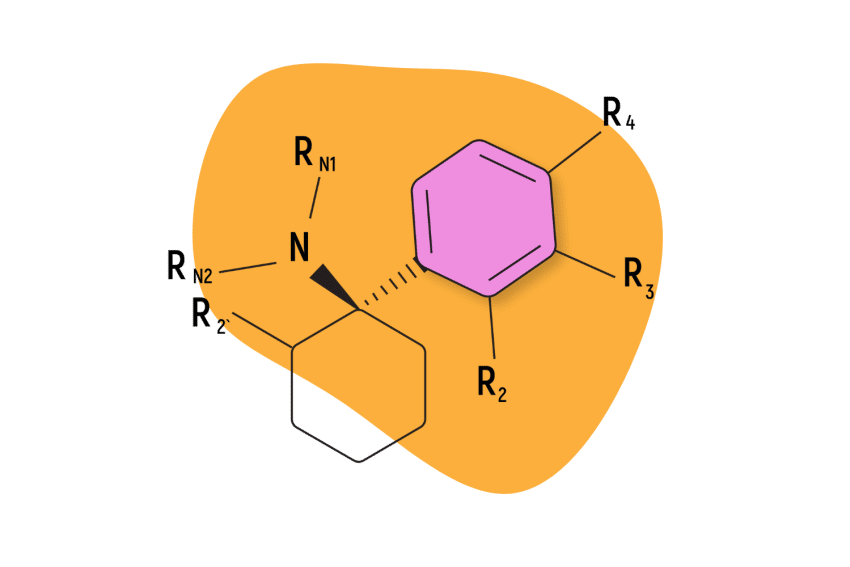What Do We Know About the Long-Term Effects of Ketamine?
The effects of ketamine kick in instantly, and the benefits on mood and pain are rapid… but what are the long-term benefits? What are the long-term risks?
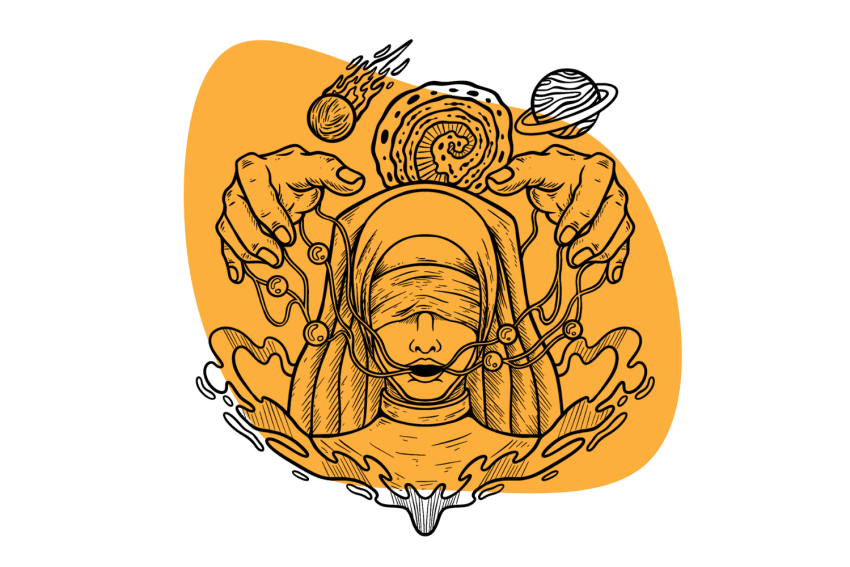
Everything from the dose, treatment protocols, mental health status, and context all influence the long-term outcomes of ketamine.
This article digs through the research, tracking the long-term effects of ketamine for depression, pain, and other conditions.
We also took a look at the research on ketamine’s use outside of clinics and hospitals to understand the long-term effects of ketamine abuse.
How Long Do the Effects of Ketamine Last?
In truth, there are many factors in how ketamine does (or doesn’t) work that we don’t yet understand. Some patients achieve full remission with an initial series of treatments. For others, relief may only last a couple of weeks and require “boosters,” which are ongoing sessions with ketamine to maintain benefits.
In most cases, the main benefits of ketamine’s acute effects (antidepressant and neuroplastic) last somewhere between 3-days and 2 weeks.
Long-term side effects are extremely uncommon with occasional doses, but can become severe with repetitive use. The most concerning long-term side effects of ketamine include bladder and kidney disease, psychosis, and memory loss. These effects usually clear up within a few weeks of ceasing ketamine consumption, but can remain persistent for years in serious cases.
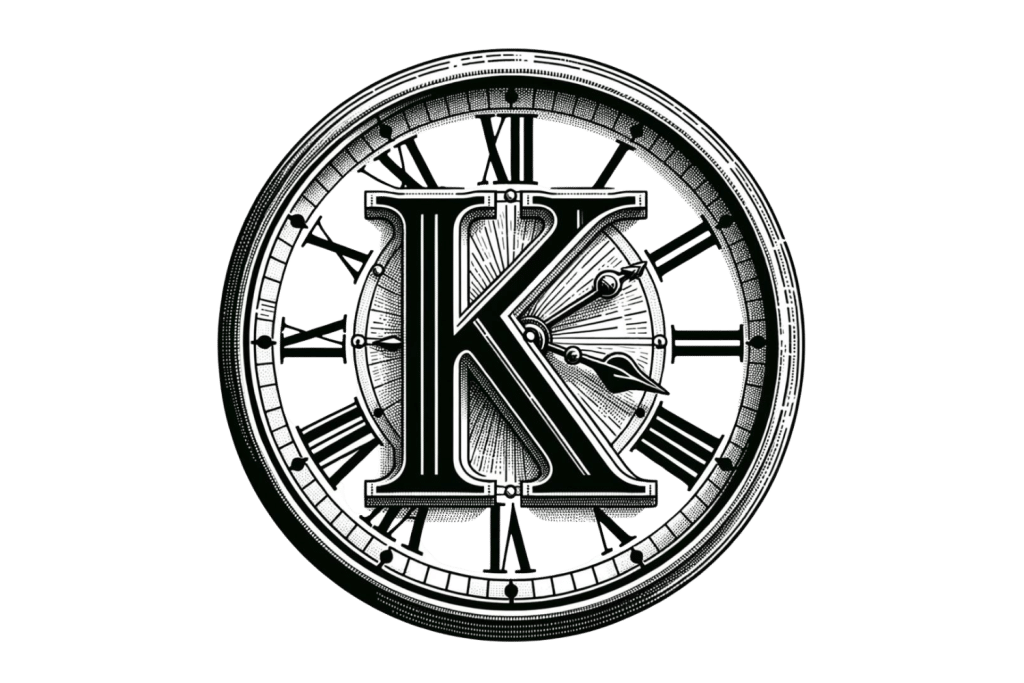
Long-Term Effects of Ketamine on Depression
Ketamine (sometimes) offers relief from symptoms of depression and, in some cases, puts depression into complete remission.
A ketamine treatment takes several infusions. One study documented how, after a single infusion, very few people responded. After receiving six ketamine infusions, positive results jumped considerably [1].
Another separate study also showed a positive response among 91% of patients after six infusions, while 66% entered remission. However, the research followed participants for four weeks, after which only 45% stayed in remission. The rest relapsed into depression after about eighteen days on average [2].
What this data suggests is ketamine can be quite effective in the short term for depression if one undergoes a series of at least six infusions. A minority of people enter remission and stay there, while most people relapse into depression. One 2019 review of ketamine for depression suggests a window of one to two weeks of relief [3].

Long-Term Effects of Ketamine on Pain
Ketamine has long been used for pain in hospitals. Originally developed as an anesthetic, ketamine’s painkilling effects also benefit surgical patients.
Recently, ketamine has been applied outside of surgery for patients struggling with chronic pain. Ketamine infusions for chronic pain are longer lasting in duration and generally a bit more expensive. An infusion for depression usually lasts under an hour, while a pain infusion lasts several hours.
A review of multiple studies of ketamine for pain showed longer infusions correlated with extended relief. Specifically, low-dose infusions of up to one hundred hours resulted in sustained relief for four to eight weeks. Infusions lasting 12 to 24 hours showed a response of seven to ten days [4].
Clinics won’t infuse someone for one hundred hours; instead, they give a series of treatments over several weeks. Another review of the studies on ketamine for pain showed there is a dose-response relationship, and those who receive ketamine infusions could have relief for two to eight weeks [5].
Ketamine Boosters & Maintenance Doses
Since ketamine’s effects don’t necessarily last, it’s common to opt for “boosters” or “maintenance doses.” Additional treatments could be bi-weekly, monthly, or longer, depending on someone’s situation.
Some routes of administration, like oral or nasal ketamine, have more frequent dosing schedules, like several times per week over six weeks.
While uncommon, some people will have to discontinue treatment during the booster phase because of side effects, relapse into the condition being treated, or, in rare cases, worsening of symptoms [6].
Everyone responds a bit differently to ketamine, and nobody is sure exactly why. If you are planning to undergo ketamine treatment of any kind, the best practice is to plan for boosters, particularly if budgeting for ketamine infusions.
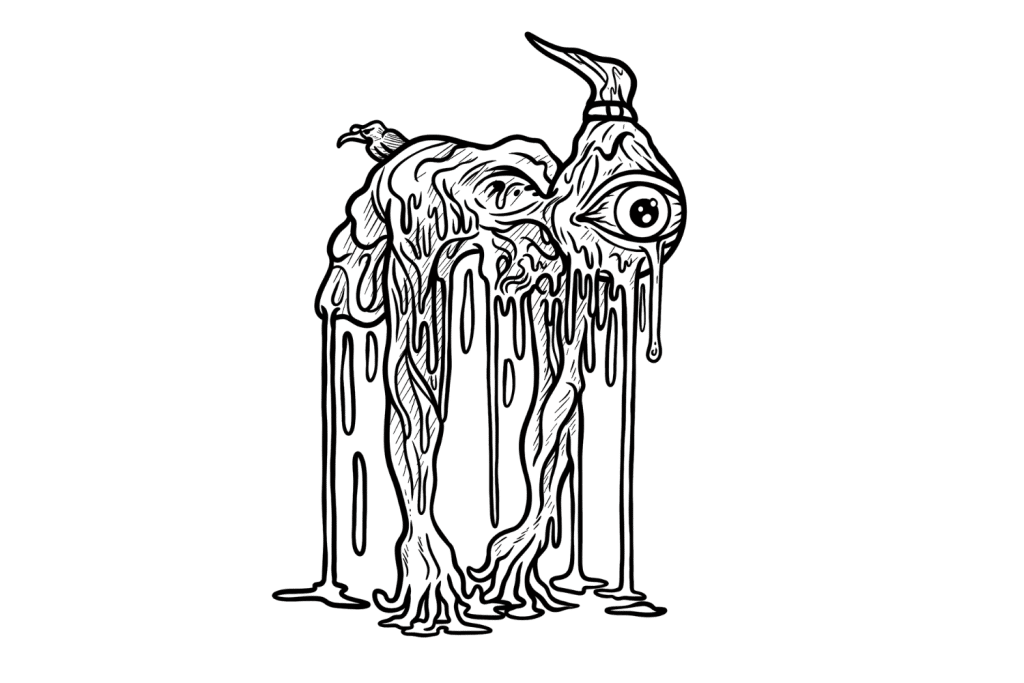
Ketamine Long-Term & Short-Term Effects
Ketamine takes effect rapidly. Infusions, in particular, work within hours, which is one of the reasons ketamine has shown such promise as an intervention for suicidal behavior. In contrast, antidepressants can take many weeks to take effect.
Ketamine can have side effects during treatment and shortly afterward. However, these are usually (but not always) mild and short-lived.
During treatment, side effects include:
- Derealization & Depersonalization
- Hallucinations
- Nausea
- Headache
- Elevated heart rate and blood pressure
After treatment, many users report the following effects:
- Improved mood
- Sense of calm, lower anxiety
- Relief from pain
- Insight into personal issues and life
- No longer suicidal
Rarely, long-term side effects can occur, such as:
- Mood swings
- Memory problems
- Worsening of symptoms
- Psychosis
There are some reports of esketamine (Spravato) treatment leading to burning or stinging sensations in the urinary tract along with urgency, a sudden and strong impulse to urinate.
Bladder problems are typically associated with ketamine abuse, not medical treatments. Those using ketamine and esketamine within the prescribed parameters for depression generally do not experience severe bladder problems [7].
Therapy Needed to Sustain Long-Term Benefits of Ketamine
Research supports combining ketamine treatments with talk therapy, even for chronic pain. Having professional support helps sustain the benefits of ketamine treatment [8].
Ketamine is a powerful tool to jump-start changes in life and see what one can feel like. But as mentioned above, its effects don’t last for everyone, and investing in a long-term relationship with a mental health professional helps integrate ketamine insights into life long after the trip is over.
Ketamine is known to induce neuroplasticity, which is often (loosely) compared to rewiring the brain. Therapy is thought to help reinforce these new neurological connections and solidify the behaviors patients need to sustain positive changes over the long term. For example, neuroplasticity is related to memory consolidation, fear extinction, and restructuring of traumatic memories [9].
Long-Term Effects of Ketamine Abuse
What some clinicians dub “side effects” are the desired effects of recreational ketamine users. For example, disassociation is a positive outcome, particularly for those seeking the K-hole.
In fact, ketamine is one of the most popular recreational drugs in the world, and its use has grown considerably in the 2000s.
While in moderation, many use the drug without issues, excessive ketamine use can have severe and dangerous consequences.
Some effects of long-term recreational ketamine abuse include:
- Mood swings
- Confusions
- Cognitive impairment
- Memory problems
- Urinary urgency and infections
- Bladder disease (ketamine cystitis)
- Abdominal pain (k-cramps)
- Liver and kidney issues
- Seizures
- Changes in blood pressure
- Hallucinations
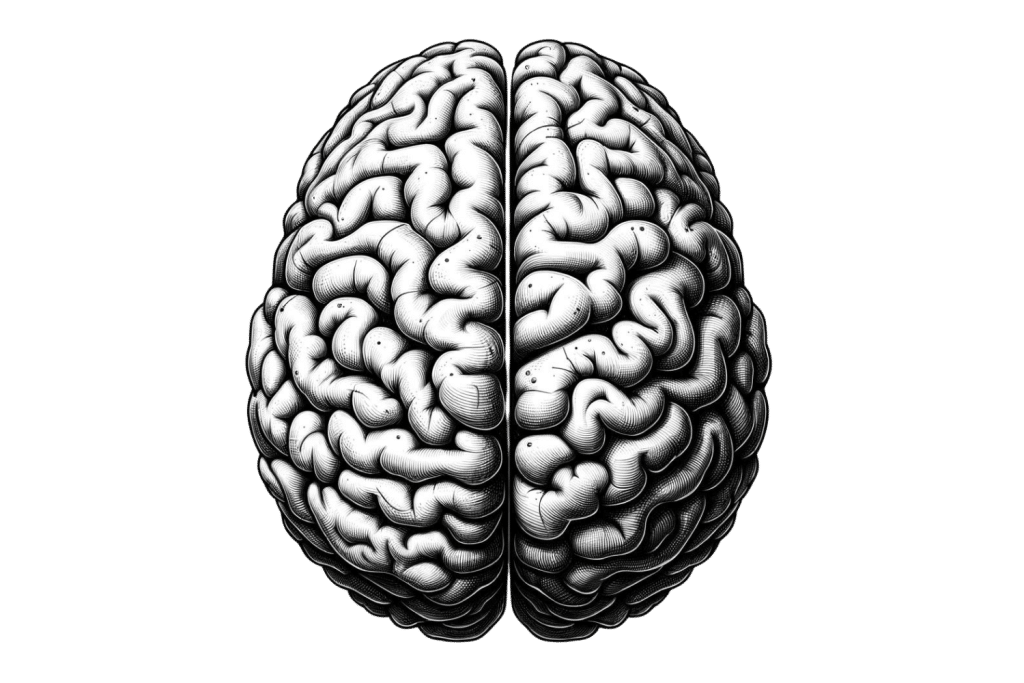
Ketamine Long-Term Effects on the Brain
Researchers completed a review of the Brain Changes Associated with Long-Term Ketamine Abuse [10].
Results show reductions in gray matter volume and less white matter integrity, along with parts of the brain having less functional connectivity. The authors explain these effects could explain problems heavy users have with cognitive functions, such as memory.
In the study, however, most of the ketamine users were taking many times the recommended therapeutic dose of ketamine.
Some participants in the study were consuming more than a gram of ketamine per day, which is quite extreme. Others used 0.2 grams of the drug several times per week, which is many times the recommended dose.
It is worth noting, too, that twice-weekly ketamine was associated with antidepressant effects, but a daily high dose is connected with depression.
Long term uncontrolled use is also problematic because it creates a tolerance, requiring higher and higher doses to feel the effects. It’s a slippery slope.
Ketamine Long-Term Effects on the Bladder
One serious area of concern with regular ketamine use is its effects on the bladder. In heavy recreational ketamine users, the bladder needs to be removed.
Currently, it is unclear exactly how ketamine affects the bladder. It’s known to cause cystitis or inflammation of the bladder, overactive bladder, and thickening of the bladder wall.
The pathways responsible for these effects are many, and treatments are limited, with one paper detailing certain injections offering relief for some, while others require surgery [11].
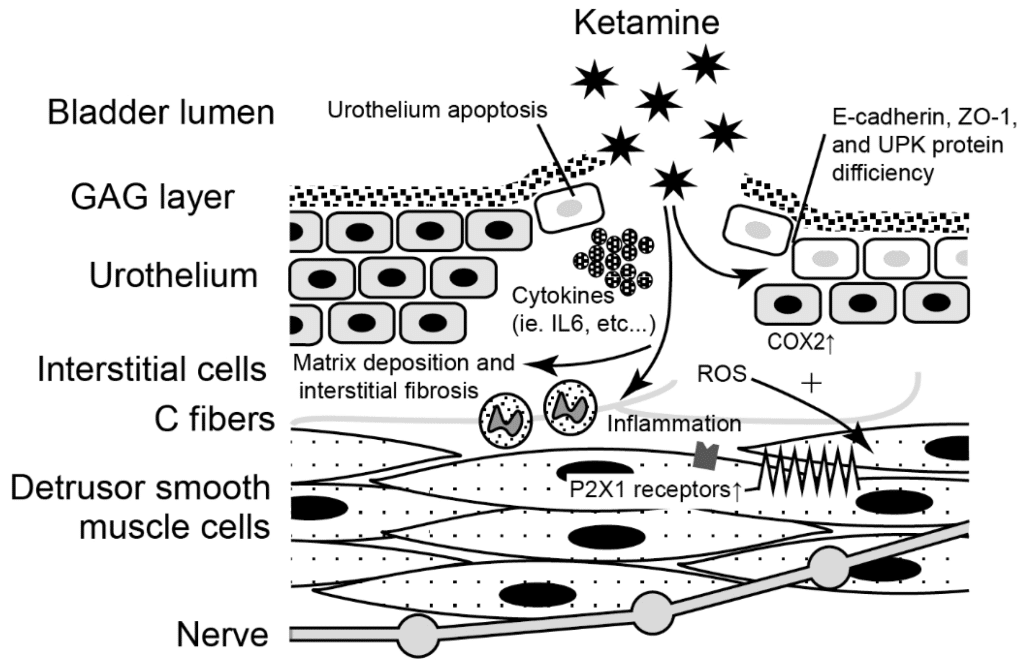
FAQs: Ketamine
Here are a few common questions we get asked about ketamine.
1. Is Ketamine Addictive?
Yes, while not physically addictive, ketamine can cause a substance use disorder. In some cases, treatment may be required or leave people with permanent damage.
Using ketamine to improve mental health or chronic pain is best done with professional support, and when used in this context, rarely leads to addiction and withdrawal.
Mental health and chronic pain patients should consider therapy alongside ketamine treatment. The general consensus is that psychedelics are more effective when supported by ongoing therapeutic support.
2. How Long Does Ketamine Last?
Usually, ketamine’s effects last forty-five minutes to several hours, but this depends on the dose and route of administration. In a ketamine clinic, the session will be around an hour, plus some recovery time afterward.
For nasal spray, the duration is also about one to three hours. Oral ketamine is more likely to last for several hours when eaten, and sublingual ketamine can also have a long duration.
In most cases, ketamine is out of your system and unable to be detected in urine within one to two days.
3. Is Ketamine Therapy Long Term?
For many people, ketamine therapy will be an ongoing and lengthy process. While a minority responds quickly, most people won’t reach remission with their first set of infusions.
Ketamine therapy is best approached as a process and adjunctive support to therapy and perhaps other medications.
While some people do have breakthroughs, many require boosters and ongoing therapeutic support from a mental health professional.
Subscribe to Tripsitter: Newsletter & Podcast
Unlock Your Mind: Subscribe for Expert Insights on Psychedelics🍄🌵
References
- Zheng, W., Zhou, Y. L., Liu, W. J., Wang, C. Y., Zhan, Y. N., Li, H. Q., … & Ning, Y. P. (2019). Investigation of medical effect of multiple ketamine infusions on patients with major depressive disorder. Journal of Psychopharmacology, 33(4), 494-501.
- Shiroma, P. R., Johns, B., Kuskowski, M., Wels, J., Thuras, P., Albott, C. S., & Lim, K. O. (2014). Augmentation of response and remission to serial intravenous subanesthetic ketamine in treatment resistant depression. Journal of affective disorders, 155, 123-129.
- Corriger, A., & Pickering, G. (2019). Ketamine and depression: a narrative review. Drug design, development, and therapy, 3051-3067.
- Riccardi, A., Guarino, M., Serra, S., Spampinato, M. D., Vanni, S., Shiffer, D., … & De Iaco, F. (2023). Narrative Review: Low-Dose Ketamine for Pain Management. Journal of Clinical Medicine, 12(9), 3256.
- Orhurhu, V., Orhurhu, M. S., Bhatia, A., & Cohen, S. P. (2019). Ketamine infusions for chronic pain: a systematic review and meta-analysis of randomized controlled trials. Anesthesia & Analgesia, 129(1), 241-254.
- Smith-Apeldoorn, S. Y., Veraart, J. K., Spijker, J., Kamphuis, J., & Schoevers, R. A. (2022). Maintenance ketamine treatment for depression: a systematic review of efficacy, safety, and tolerability. The Lancet Psychiatry, 9(11), 907-921.
- Nikayin, S., Murphy, E., Krystal, J. H., & Wilkinson, S. T. (2022). Long-term safety of ketamine and esketamine in treatment of depression. Expert opinion on drug safety, 21(6), 777-787.
- Drozdz, S. J., Goel, A., McGarr, M. W., Katz, J., Ritvo, P., Mattina, G. F., … & Ladha, K. S. (2022). Ketamine assisted psychotherapy: a systematic narrative review of the literature. Journal of Pain Research, 1691-1706.
- Collo, G., & Pich, E. M. (2018). Ketamine enhances structural plasticity in human dopaminergic neurons: possible relevance for treatment-resistant depression. Neural regeneration research, 13(4), 645.
- Strous, J. F., Weeland, C. J., van der Draai, F. A., Daams, J. G., Denys, D., Lok, A., … & Figee, M. (2022). Brain changes associated with long-term ketamine abuse, a systematic review. Frontiers in neuroanatomy, 8.
- Jhang, J. F., Hsu, Y. H., & Kuo, H. C. (2015). Possible pathophysiology of ketamine‐related cystitis and associated treatment strategies. International Journal of Urology, 22(9), 816-825.
- Chen, C. L., Wu, S. T., Cha, T. L., Sun, G. H., & Meng, E. (2022). Molecular Pathophysiology and Potential Therapeutic Strategies of Ketamine-Related Cystitis. Biology, 11(4), 502.

